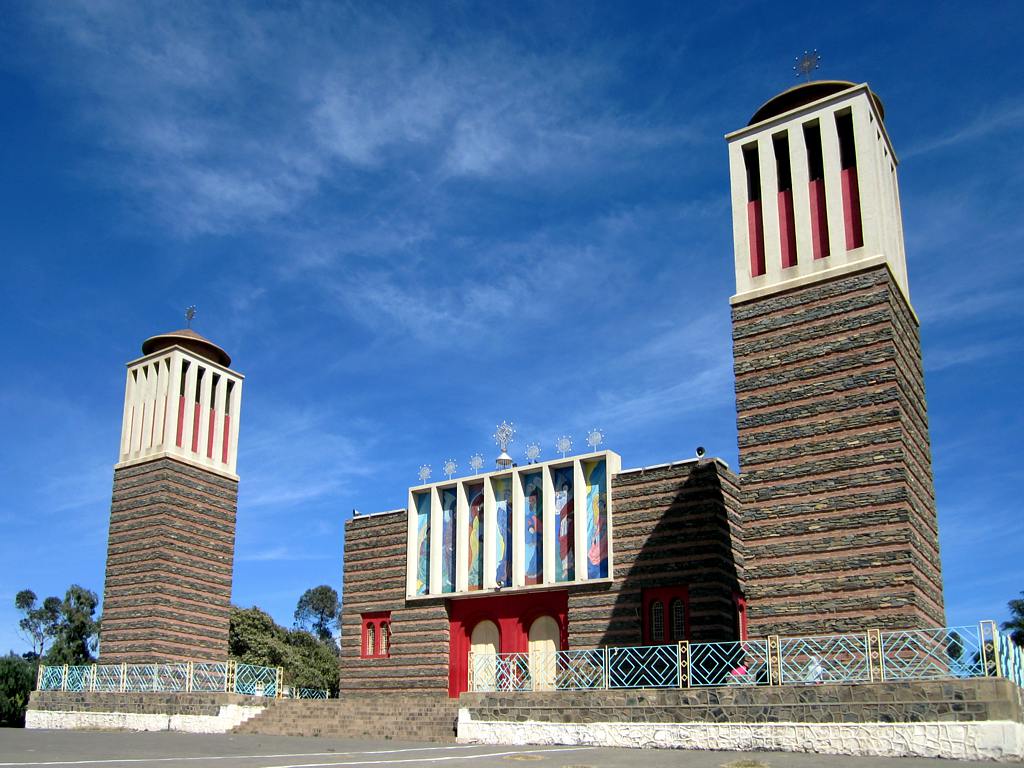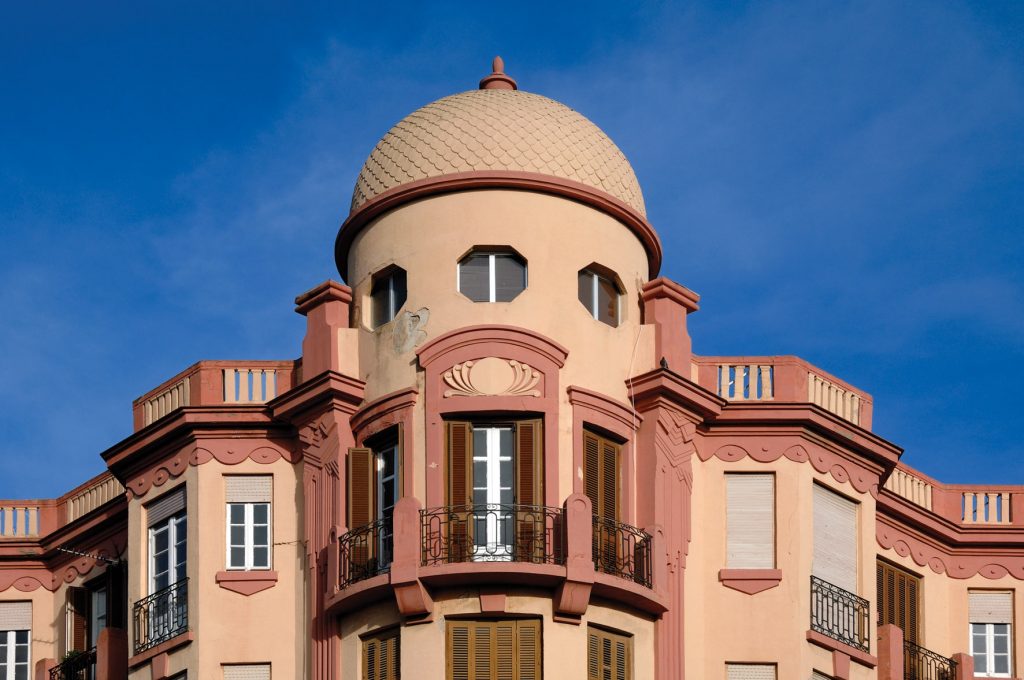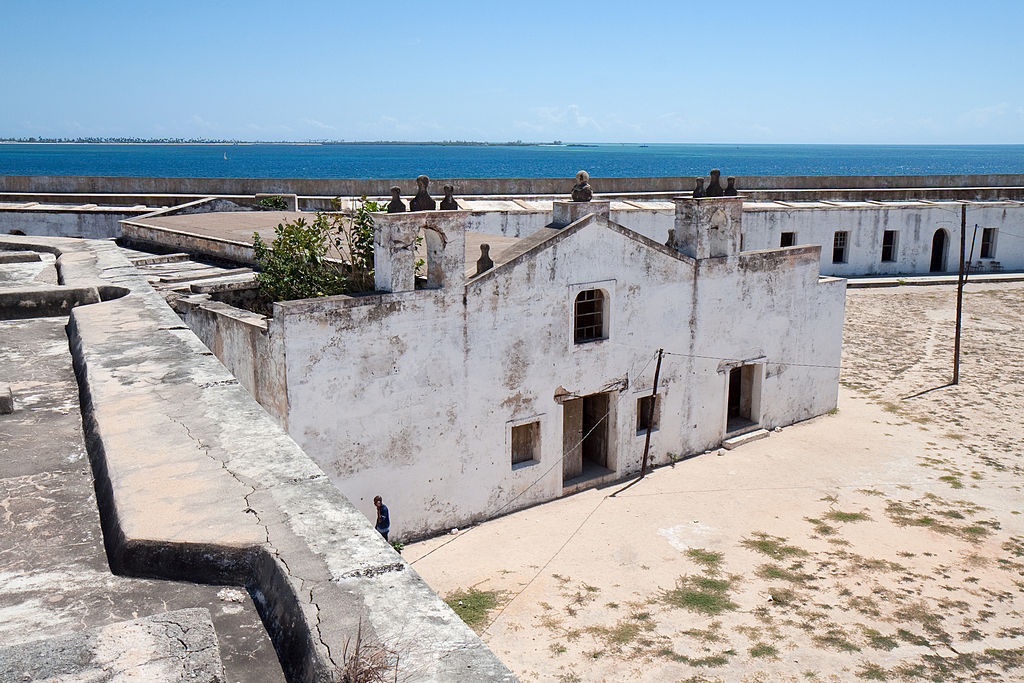Colonialism Left Indelible Imprints On Africa
Africa’s colonization by the French, British, Italians, Spanish and Portuguese left indelible imprints across Africa. These are seen in the architecture, food, language, styles, and even the way Africans think. Despite the ugliness of the colonial masters’ intentions and exploitations, the Africa that stands today is a testament to millions of years of existence of which colonization is marked by a period called “The Scramble for Africa.”
A trip across the continent is a kaleidoscope of history and culture that have given rise to possibly the world’s most beautiful and diverse continent. It is important to note that the draw to Africa went beyond its economic values, but also stemmed from its majestic beauty in the natural landscapes that stretch along the Mediterranean, Nile, Zambezi, Atlantic, to the Sahara. Every country in Africa was colonized, with the exception of Liberia settled by freed slaves from the United States, meaning they all underwent a process where foreign control was established over they and their peoples.
French presence in Africa dates to the 17th century; but, it wasn’t until the 19th century that French colonial expansion began with the invasion of Ottoman Algiers in 1830, conquests in West and Equatorial Africa and the establishment of protectorates in Tunisia and Morocco in the decades before the First World War. At the end of this period, France had set up twenty (20) colonies across Africa. By 1930, French colonial Africa encompassed the vast confederations of French West Africa and French Equatorial Africa, the western Maghreb (Atlas Mountains and the coastal plain of Morocco, Algeria, Tunisia, and Libya), the Indian Ocean islands of Madagascar, Réunion, and the Comoros, and Djibouti in the Horn of Africa. Following a 1958 constitutional referendum, almost all French territories in sub-Saharan Africa claimed their independence. In North Africa, Tunisian and Moroccan nationalists were able to force the French to negotiate independence in the 1950s, but decolonization in Algeria, with its million European settlers, came only after a protracted and brutal war that left deep scars in both postcolonial states.
Britain held the most colonies in Africa, at twenty-two (22). In 1748, Britain colonialism began with the taking of Bunce Island in Sierra Leone, for greater control of the slave trade. In the early 1800s, Britain took control of the European trade ports on the Gold Coast, then expanded inwards, intervening in monarchical politics in Nigeria in the mid-1800s for control of the territory for themselves. During the Napoleonic Wars, Britain took control of the Cape Colony as a strategic position along the southern point of Africa. From Sierra Leone, the Gold Coast, Nigeria, and the Cape Colony Britain they expanded toward the interior of Africa, adding new colonies. In 1882, Britain invaded Egypt and established de facto control over the territory hoping to connect Egypt with the Cape Colony along the spine of Africa. To do this, it expanded its influence south along the Nile River and inward from the eastern coast of Africa. By the beginning of the First World War, Britain colonies included Gambia, Sierra Leone, the Gold Coast, Nigeria, North and South Rhodesia (Zimbabwe), Bechuanaland (Botswana), South Africa, Egypt, Sudan, Uganda, the East African Protectorate (Kenya), and Somaliland (Somalia and Djibouti).
Well-established gold and ivory trade network existed between African kingdoms in the interior and cities on the east coast of Africa. For centuries Arabs had traded with African kingdoms such as Great Zimbabwe and Mwanamutapa (Mozambique) in order to supply Arabia, the Persian Gulf, India and even China with African ivory and gold. The Arab settlers intermarried with the indigenous African people living along the east coast. They introduced Islam and influenced the development of the Swahili language. This prosperous society built beautiful cities along the coastline from where they conducted trade with Arab merchants. The most important of these cities were Zanzibar, Kilwa, Mombasa, Mozambique Island and Sofala. However, in the sixteenth century the Portuguese drove the Arabs away and established their own trade monopoly in the region. The Portuguese regarded this as a continuation of the ‘holy Christian war’ they had been fighting against the Muslims in Europe for centuries.
The Portuguese established five colonies in Africa. Zanzibar was the first city to be attacked in 1503. In 1505, Francisco d’Almeida destroyed Kilwa, Mombasa and Barawa and the Portuguese erected massive stone fortresses to strengthen their position along the coast where they gained control of the trade in the western Indian Ocean and African kingdoms in the interior.
The Portuguese rulers believed it was their duty to spread the Catholic religion and managed to convert one of the heirs to the Mwanamutapa dynasty who gave up his right to be king and joined a convent in Santa Barbara in India. By 1650 they only had control of ports such as Delagoa Bay, Mozambique Island and Mombasa.
Lasting from 1890 to 1941, Italian colonialism in Africa included the present-day countries of Libya, Ethiopia, Eritrea, and Somalia; however, Ethiopia is the only country listed today as a former colony of Italy. Eritrea is listed as an Ethiopian colony, with Libya and Somalia as former British colonies. Italian colonialism in Africa came to an end with the death of the Italian leader Benito Mussolini, the collapse of the Fascist regime, and the defeat of Italy in World War II. Italian colonial policy differed, however, in that it was premised more on enhancing the glory and overall international prestige of Italy, rather than on the economic benefits that could be gained from colonies.
Spain colonized five countries in Africa. The Spanish presence in Africa has been characterized by a relationship of convergences and divergences—particularly intense in the northwest part of the continent, most especially the northern region of early-21st-century Morocco and the hinterland of the Spanish cities of Ceuta and Melilla—and the traditional contacts maintained with the Atlantic fishing grounds near the Spanish archipelago of the Canary Islands. North Morocco, Ifni (a Spanish province on the Atlantic coast of Morocco, south of Agadir and across from the Canary Islands), the Tarfaya region, Western Sahara, and the territories of early-21st-century Equatorial Guinea comprised what broadly could be defined as Spanish colonial Africa.
Modern day Africa is defined by its rich heritage seen in the architecture, language, art, cultures, religion, literature, food, behavior and more.
Africa‘s colonial architecture is striking and evocative. Its western shores are marked by colorful coastal enclaves, Parisian-style boulevards, and medieval Portuguese fortresses. These all pour out a difficult part as binding sites for the transatlantic slave trade and colonialism.
Elements of African culture survived in its various languages, performing and other arts, religions, oration, and literature which depict the strength of African culture. These elements also underscored African resistance to annihilation and cultural destruction. During the fight for independence, African theater and cultural forms became elements of resistance and the struggle for independence. Songs, dances, and ritual dramas mobilized people to understand and reject their colonial situation. Despite the resistance, many elements of colonialism have been fused into the African culture creating a new cultural confluence of its own.
During colonization, colonizers usually imposed their language onto the peoples they colonized, forbidding natives to speak their mother tongues. In some cases colonizers systematically prohibited native languages which is why Portuguese, Spanish, English, Italian and French are spoken across Africa.
Historically, African countries have been influenced by gastronomic cultures of the colonial European countries and eventually developed their own gastronomic culture. Every country has adopted a different food culture from a neighboring society and every society has taken the food culture from those who migrated from far away countries.
British colonialists forced Africans to work on their farms and this facilitated the introduction of European food crops. Often, African workers in settler farms were paid in sacks of maize which they introduced into their subsistence farming systems, cementing its position as the colony’s primary staple crop, and replacing crops like millet, tubers, legumes and kale, which were commonly found in traditional farming systems.
South Africa was ruled by France; as a result, French cuisine greatly influenced the cuisine of this country. The inclusion of cream and mutton was introduced by the French. In 1899, the Germans ruled South Africa and brought Boerewors, a kind of traditional sausage which is commonly consumed in the whole country.
Magwinya is a deep-fried donut known in Zimbabwe andSouth Africa. In West Africa, there is a version known as Puff Puff in Nigeria or Bofrot in Ghana. The main ingredients are self-rising flour, salt, baking powder, sugar, milk, and water. This sweet magwinya or puff puff variety comes from the British cuisine.
Moroccan cuisine with its own distinct taste is a good address for gourmet tourists. Among these dishes is the bocadillo sandwich which consists of Shish kebab brochettes made with chicken or red meat and the baguette bread filled with an assortment of ingredients. Bocadillo has been transferred from the Spanish dining culture to the Moroccan cuisine. The breakfast is not the important meal in Moroccan cuisine. For breakfast, they eat bread with butter, jam, or honey. This breakfast style was brought to the Moroccan kitchen by the French.
Enda Mariam Cathedral, Eritrea
The church (in a simple wooden structure) was present in Eritrea since the late 19th century. In 1938, the Italian governor of Asmara ordered to create an improved structure with modern building materials and under the supervision of Italian architects. They added the upper portions of the two flanking towers and the modernistic treatment of the façade to the 1920 form designed by Italian architect, Ernesto Gallo. The 1920 form has also been attributed to Odoardo Cavagnari, an Italian engineer and author of master plans for Asmara and Massawa, Eritrea. Between 1913 and 1916 he designed Asmara Theatre and Asmara’s futuristic Fiat Tagliero service station, and was Asmara’s Chief of Public Works.

Elmina Castle, Ghana
Elmina Castle was erected by the Portuguese in 1482 as Castelo de São Jorge da Mina (St. George of the Mine Castle), also known as Castelo da Mina or simply Mina (or Feitoria da Mina), in present-day Elmina, Ghana (formerly the Gold Coast). It was the first trading post built on the Gulf of Guinea, and the oldest European building in existence south of the Sahara. First established as a trade settlement, the castle later became one of the most important stops on the route of the Atlantic slave trade. The Dutch seized the fort from the Portuguese in 1637, after an unsuccessful attempt in 1596, and took over all of the Portuguese Gold Coast in 1642. The slave trade continued under the Dutch until 1814. In 1872, the Dutch Gold Coast, including the fort, became a possession of Great Britain.

Imane Ayissi Couture, Cameroon
Imane Ayissi spent years dressing some of the greatest dancers and choreographers in the world as well as creating his line of dresses. His ability to construct clothes out of varied textures and dimensions are what makes Imane’s pieces so unique. Much like his dual culture, African and French, many of his pieces appear paradoxical, combining unlikely colours and fabrics with avant-garde silhouettes.

Mellila, Morocco
Set on the Mediterranean coast of North Africa, the small Spanish city of Melilla is something of an architectural enigma. This tiny enclave, an early Modernist marvel, has more in common, architecturally, with Barcelona than with North Africa.

Puff Puff, Nigeria or Magwinya, Zimbabwe
Magwinya is a deep-fried donut. It is known in Zimbabwe and South Africa. In West Africa, there is a version known as Puff Puff in Nigeria or Bofrot in Ghana. The main ingredients are self-rising flour, salt, baking powder, sugar, milk, and water. This sweet magwinya variety comes from the British cuisine.

1621px-Ilha_de_Mocambique
Enchanting Island of Mozambique – A UNESCO World Heritage Site

Fortaleza de São Sebastião
Step into history at Fortaleza de São Sebastião on Mozambique Island. This UNESCO World Heritage Site is a remarkable 16th-century fortress that once guarded the island’s trading routes. Explore its formidable walls and storied past, offering glimpses of Portuguese colonial influence. With stunning coastal views, this architectural masterpiece is a captivating destination for travelers seeking to immerse themselves in Mozambique’s rich heritage.

